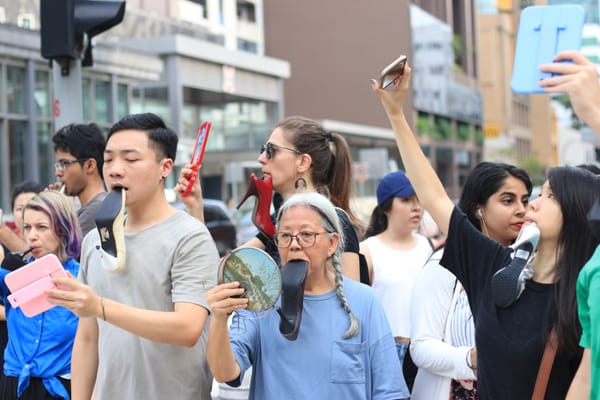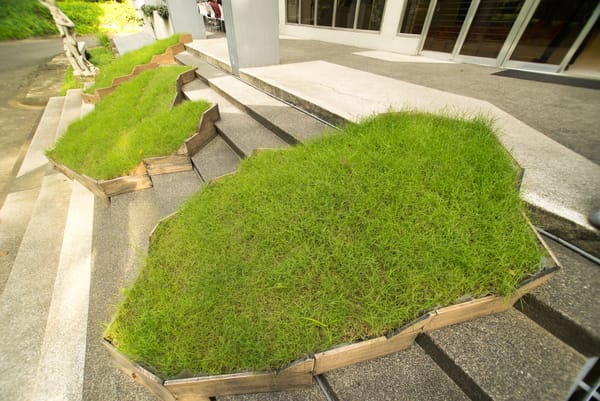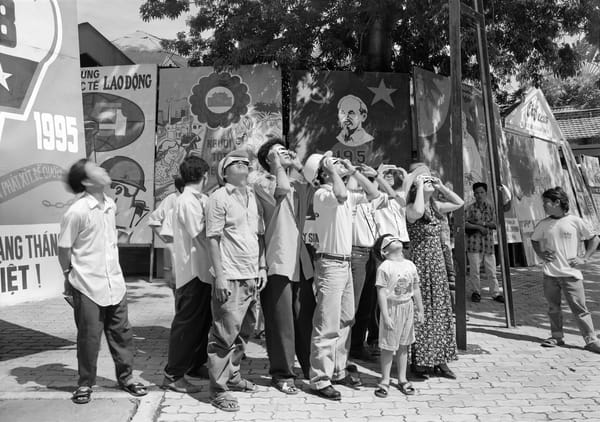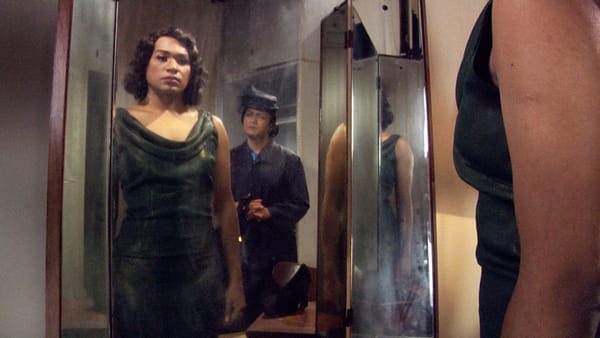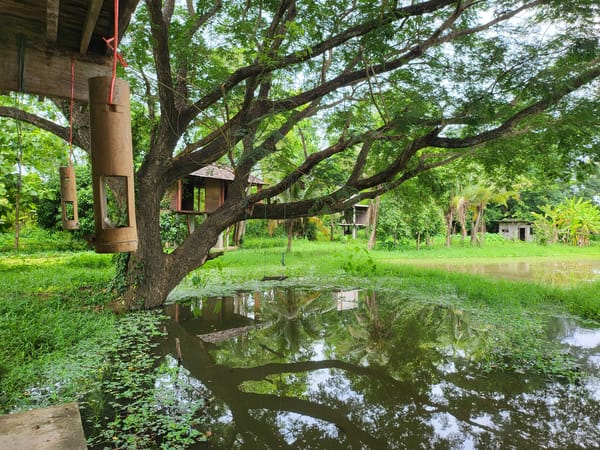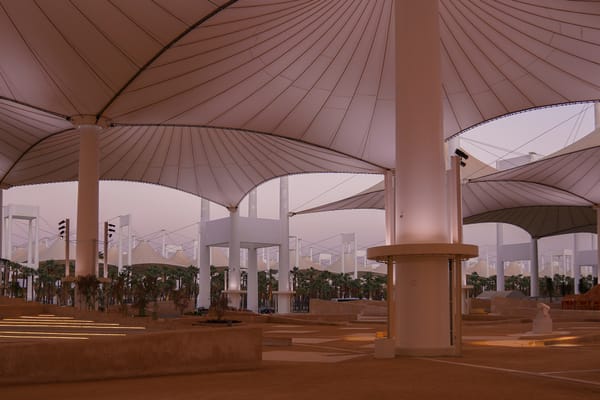Issue
New Currents: Minh-Lan Tran
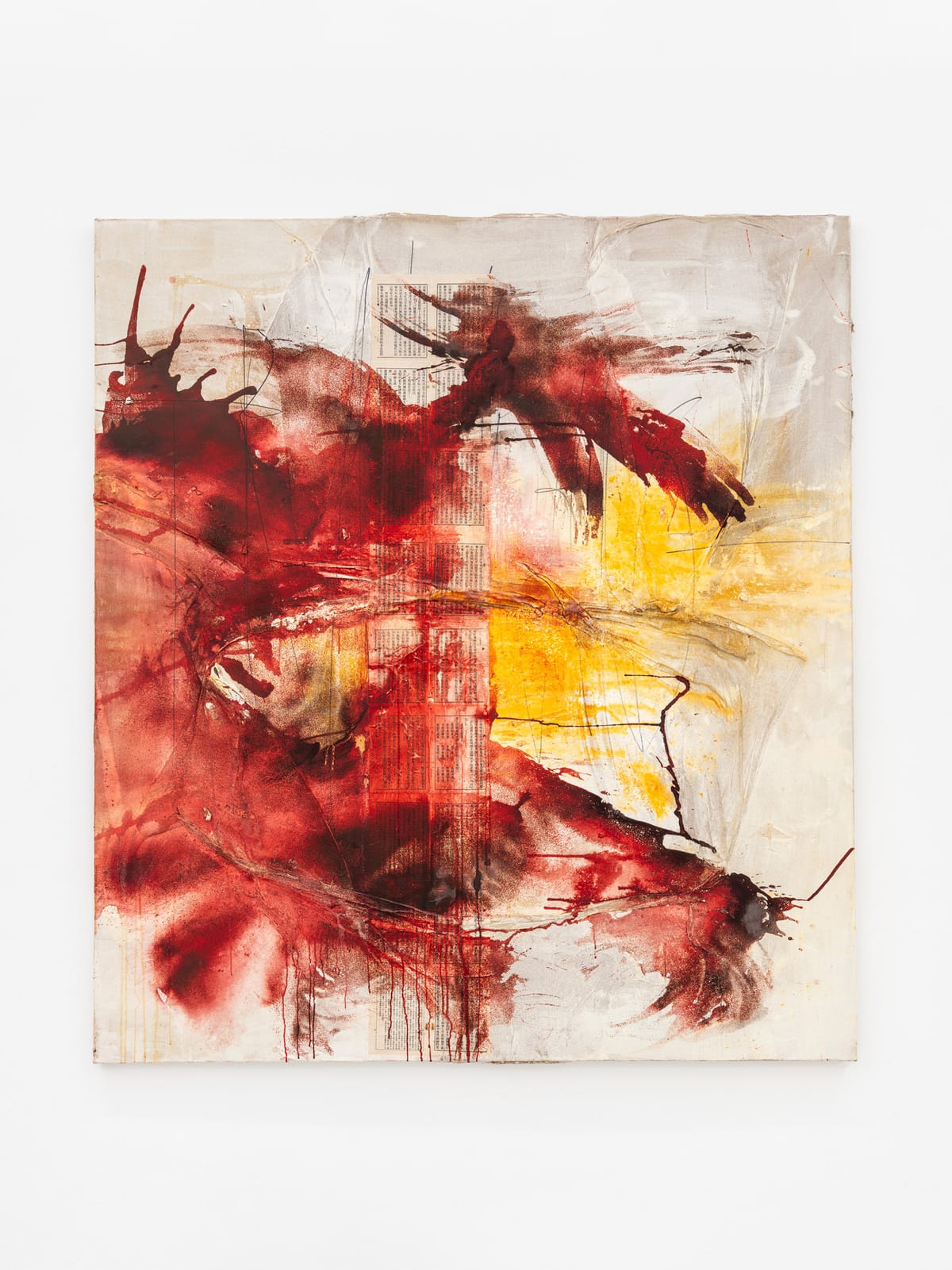
Like the heralding, portentous chords of a symphony, Minh-Lan Tran’s abstract compositions captivate with their scale, color, and dramatic import. One might even say they can “hear” these paintings: Tran’s recurring shades of maroon, ocher, and umber collide to evoke volcanic and geological phenomena, so vivid that the roar of flame and the crackle of rock seem to emanate from her looming, amorphous forms. In No heart bone but let it break (2024), a swathe of deep red haemorrhages across the canvas like an open maw. In Reversed Entropy (2024), clouds of rust and charcoal encroach upon remnants of prayer sheets and stamps, while charred purple intervals slice across the picture plane. Tran’s gestural elements coalesce into a gestalt that oscillates between the apocalyptic and the primordial, the violent and the generative.
Born in Hong Kong, Tran grew up in Los Angeles and Paris before completing her education in the UK. Shuttling between cultures, she developed a process that reflects a tenuous relationship with language: first inscribing text on canvas, she superimposes coats of paint that obscure its legibility. “For me, meaning emerges when you go through several layers. It’s as if you were discovering an underground world,” she states. The surging fields of Promethean energy that conceal her writings are informed by her research into self-immolation traditions, particularly the 1963 death of Vietnamese monk Thích Quảng Đức, who set himself aflame in protest of the anti-Buddhist regime of Ngô Đình Diệm. Exploring the narratives of transformation within demolition, Tran harnesses the incendiary potential of cataclysm.
